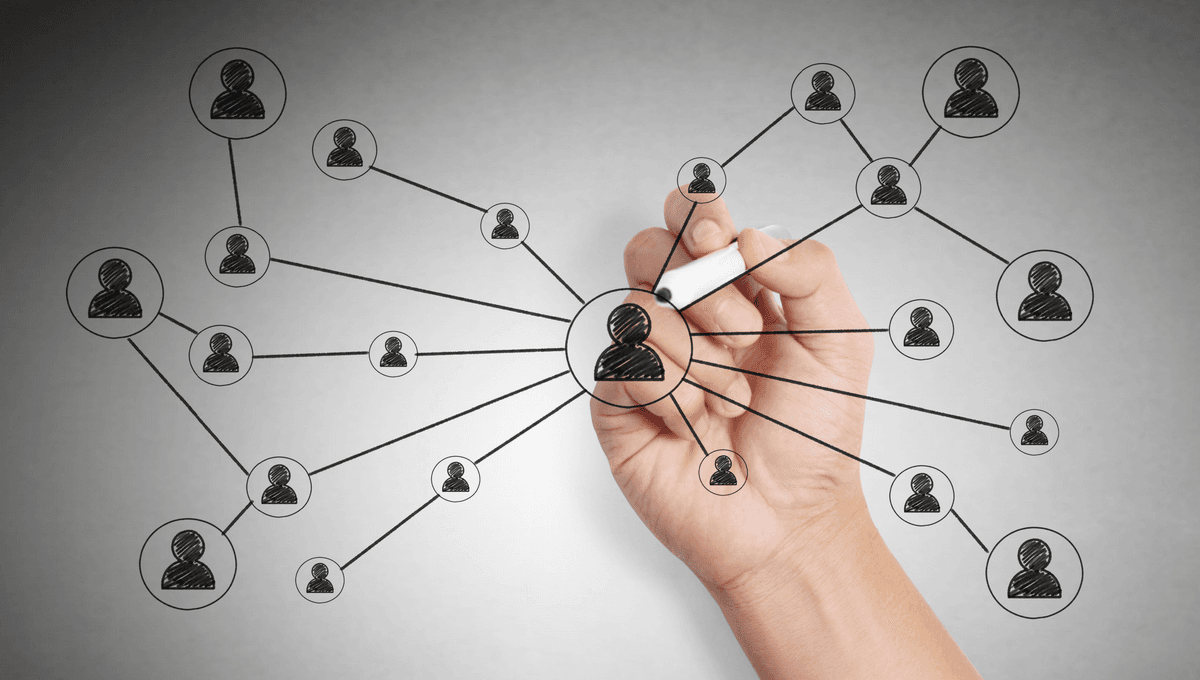
If you believe some people, the key to a good relationship is “electricity” or “chemistry”. Listen to others, and they’ll have you believe it all comes down to biology instead. According to a new study, though, they’re all way off: the true science of friendship, it turns out, is math.
“Past research has shown that children and adults infer social connections when people have similarities with each other,” Claudia Sehl, a doctoral candidate in the Department of Psychology at Waterloo and lead author on the new paper, explained in a statement, “but our research is the first to test how people predict social connections using only statistical information.”
As cold as it may seem to think of friendship as a statistical inevitability, it seems to be something we do all the time – starting from when we’re children. “The ability to discern whether other people are likely to be affiliated is crucial in everyday life,” said Ori Friedman, study co-author and professor of developmental psychology at the University of Waterloo.
“When an adult joins a new workplace, or a child joins a new classroom, these judgments help them assess whether people are friends,” Friedman explained.
To see just how readily we infer information on friendship bonds from statistical information, the researchers presented 528 adults and 135 children with graphs showing social networks – spider-like diagrams centered on two “main characters,” with the “legs” connecting them to friends.
While there was no link indicated between the two main characters, both the children and the adults surveyed nevertheless concluded that they were friends if there was a lot of overlap in their social networks. And the insights didn’t stop there: participants were even able to deduce the strength of social connections based on the relative sizes of the networks. A character with many connections to someone with a smaller network, for example, was judged to be closer to that person, while having mutual connections to the character at the center of a larger social network was seen as implying a less meaningful relationship.
Incredibly, this ability to glean information from statistical data was apparent even in kids as young as five years old – a finding that suggests the human habit of considering social connections important is something that emerges early on in our development.
“We were surprised to see that children were able to infer social connectedness at such a young age,” said Sehl. “We did not tell children to count or think about the number of mutual connections, yet children were able to use complex statistical information to learn about relationships spontaneously.”
Whether or not this is something that extends beyond the classroom or other social settings, however, is something the team have yet to decipher – although they hope to investigate the generalizability of their findings in future research.
The study is published in the Journal of Experimental Psychology.
Source Link: Little Kids Use Math To Figure Out Friendships, And So Do You